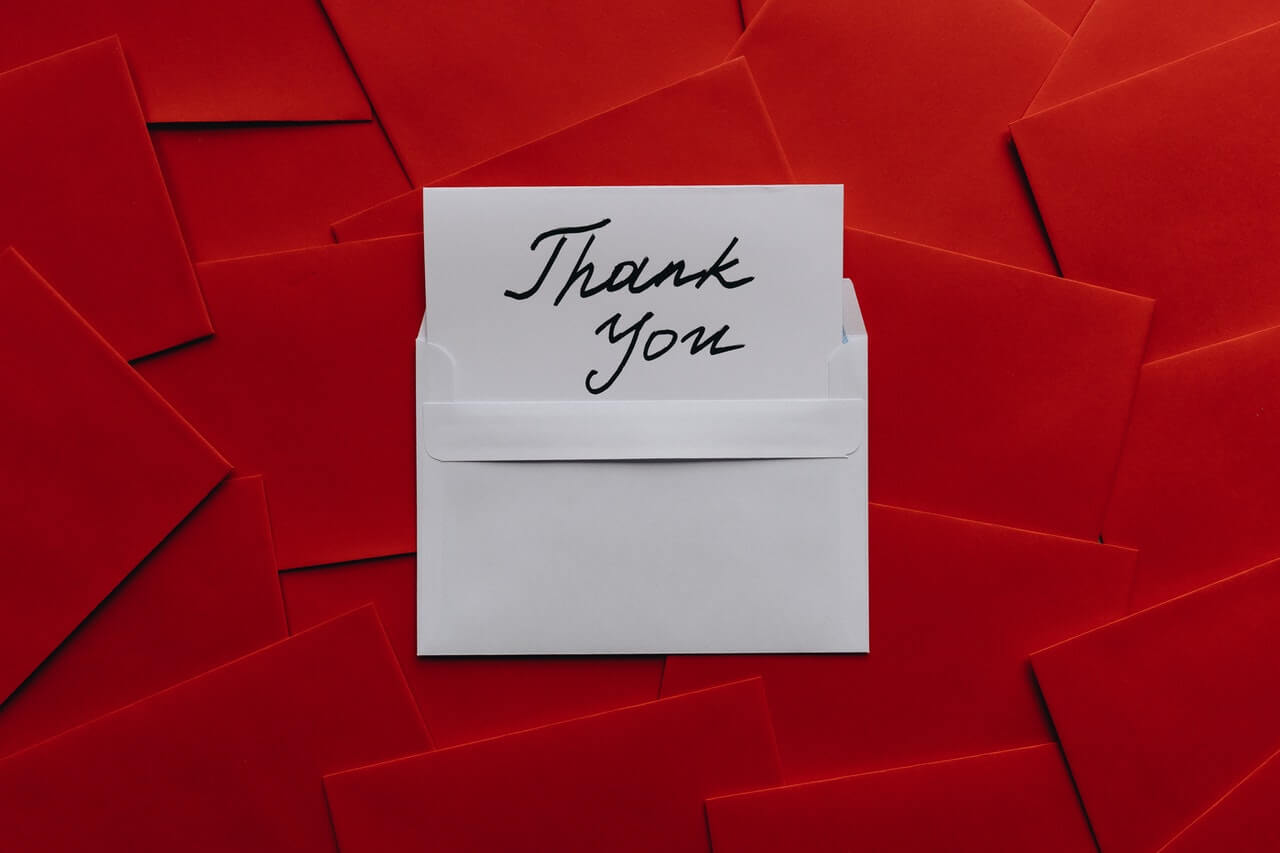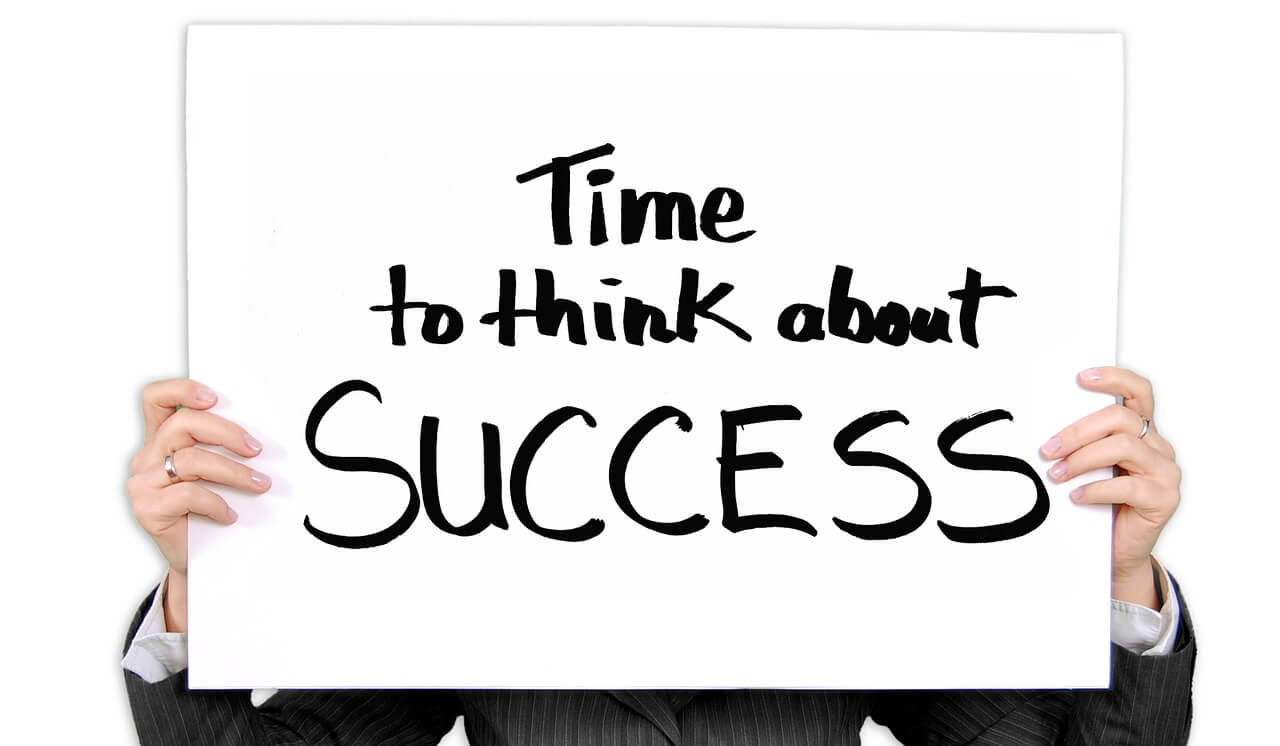When I was living in New York City from 1968 to 1976, the New York Knicks were one of the most feared teams in the NBA. With players like Willis Reed, Walt Frazier, and Bill Bradley, the Knicks were a joy to watch, especially during their 1969-1970 season when they beat the Los Angeles Lakers to claim their first NBA championship.
Although the Knicks had great basketball players, they also had a great coach and a future member of the Basketball Hall of Fame – Red Holzman. Holzman’s simple but difficult goal – “see the ball on defense and hit the open man on offense” – worked wonders for his players. Overlooked, however, was Holzman’s subtle managerial style, which has much to teach grant Proposal Managers.
I was reminded of Holzman’s coaching talents recently, when I read a stimulating article in the Huffington Post by Mike Berman, on the eve of the NBA playoffs, on Red Holzman’s leadership. I would like to use Berman’s article to distill the essence of Holzman’s approach to leadership because I think his managerial style equally applies to successful grant Proposal Managers.
Holzman’s Management Approach
• Be modest
Holzman said that “I don’t think there is such a thing as a coaching genius, just hard workers.” For Holzman, action, deeds, and credibility mattered more than words. He embodied the values he preached. Proposal managers should understand that their success depends on the quality of their proposal teams and the support of their nonprofit organizations. Because grant proposal development depends on teamwork, cooperation, and the skills of others, Proposal Managers should be modest about their successes.
• Know what you intend to accomplish when you assume a leadership role
Clearly state your goal and performance standards and reinforce them regularly from the beginning. Too many proposals begin without a clear plan and schedule, and too many grant Proposal Managers do not seem to understand that the quality of the proposal development process will determine the quality of the proposal. Establishing clear goals and performance standards will help improve your proposals.
• Maintain a focus on the fundamentals and what matters most
Avoid over-complication. There is a big different between attending to details and micro-managing.
• Monitor
Once the team has embraced your system, let go … and empower people to succeed. Good proposal development should include periodic reviews, milestones, and deliverables. This framework will enable a proposal team to succeed by creating a clear context for their activities.
• Achieve results by training, coaching, and mentoring
Help your fellow proposal team members to perform well. An important part of any grant Proposal Manager’s work should be to help improve the performance of team members and help advance their professional careers.
Sports analogies with the business world are often trite and strained or just plain silly and they seem to be a virtual monopoly of out-of-shape men. However, a great coach and person like Red Holzman has much to teach us about the essence of leadership. Apply his approach to proposal management, and you should improve your grant proposals.
=-=-=-=-=-=-=-=-=-=-=-=-=-=
Dr. Jayme Sokolow, founder and president of The Development Source, Inc.,
helps nonprofit organizations develop
successful proposals to government agencies.
Contact Jayme Sokolow.
=-=-=-=-=-=-=-=-=-=-=-=-=-=
Look for Jayme’s ebook on
Finding & Getting Federal Government Grants.
It’s part of
The Fundraising Series of ebooks
They’re easy to read, to the point, and inexpensive ($1.99 – $4.99)
=-=-=-=-=-=-=-=-=-=-=-=-=-=
If you’re reading this on-line and you would like to comment/expand on the above, or would just like to offer your thoughts on the subject of this posting, we encourage you to “Leave a Reply” at the bottom of this page, click on the feedback link at the top of the page, or send an email to the author of this posting. If you’ve received this posting as an email, click on the email link (above) to communicate with the author.









